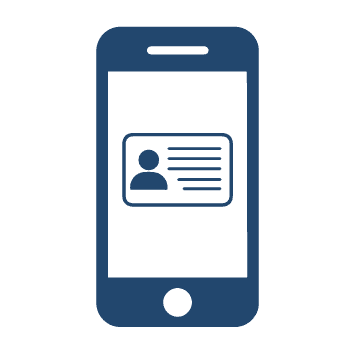Identity Verification Solutions
Enhanced Face Anti-Spoofing Technology
identity verification solutions
identity verification solutions
identity verification solutions
identity verification solutions
Faceplugin pioneers passive facial liveness detection technology, uniquely capable of detecting spoofing attempts using the same selfie utilized for facial matching.
Our Face Liveness Detection SDK operates solely on single images, eliminating the need for users to engage in additional steps during the verification process, thus enhancing convenience and user-friendliness.
- Printed Photos
- Screen Replays
- 3D Masks
- Deepfakes
- Fast and Light-Weight
- Low Rejection Rate
Instant Face Recognition
- Fully On-premise & On-device
- Server & Mobile
- 1:1 & 1:N Verification
- Age/Gender Recognition
Robust Identity Document Verification
The FacePlugin identity document verification engine enables swift and precise processing of diverse types of identity documents. To process your identity document, our technology will execute the following steps

Automated ID Document Capture and Optical Character Recognition (OCR)
Our system automatically captures the highest quality image of an ID to guarantee the utmost accuracy of Optical Character Recognition (OCR). Utilizing the captured image, our technology extracts all relevant fields from the ID, including the photo and signature, and identifies key document details such as type, edition, and issuing country.

Extraction of MRZ Data and NFC Reading

Assessment of Document Authenticity
Document Liveness Detection
Document liveness detection is software designed to identify presentation attacks during digital onboarding using identity documents. These attacks are similar to facial presentation attacks, where printed images, masks, or selfies displayed on digital screens attempt to deceive biometric authentication systems.
Document presentation attacks occur when an identity document used in digital onboarding is partially or entirely a reproduction or forgery, whether physical or digital. Common examples include screen replays, printed copies, and portrait substitutions. A screen replay involves displaying a document on a digital screen to replicate it. A printed copy is a reproduction created from a digital image captured by a camera, copier, or scanner. A portrait substitution occurs when a fake facial photo is placed over the genuine photo on a document.
For document liveness detection to be effective, it must also be easy to integrate into existing systems and user-friendly. Consumers should not face difficulties due to complex instructions, failed image captures, or false positives.
Detect over 98% of document presentation attacks

SCREEN REPLAYS
Presentation of documents displayed on a digital screen

PRINTED COPIES
Presentation of documents copied, printed on paper, and cut to size

PORTRAIT SUBSTITUTIONS
Presentation of documents with an altered facial portrait image, such as an overlay
Document Liveness for Identity Proofing
Reduce attack vectors in the digital onboarding process by using a layered approach to document verification, which includes document authentication, document liveness, facial recognition, and face liveness detection.
The document liveness check runs in the background within milliseconds, adding no friction for the customer and giving no alert to fraudsters.

Is the uploaded ID document “live” or a screen capture of the document?

If live, is the document authentic?

Does the user’s selfie match the photo on the ID document?





